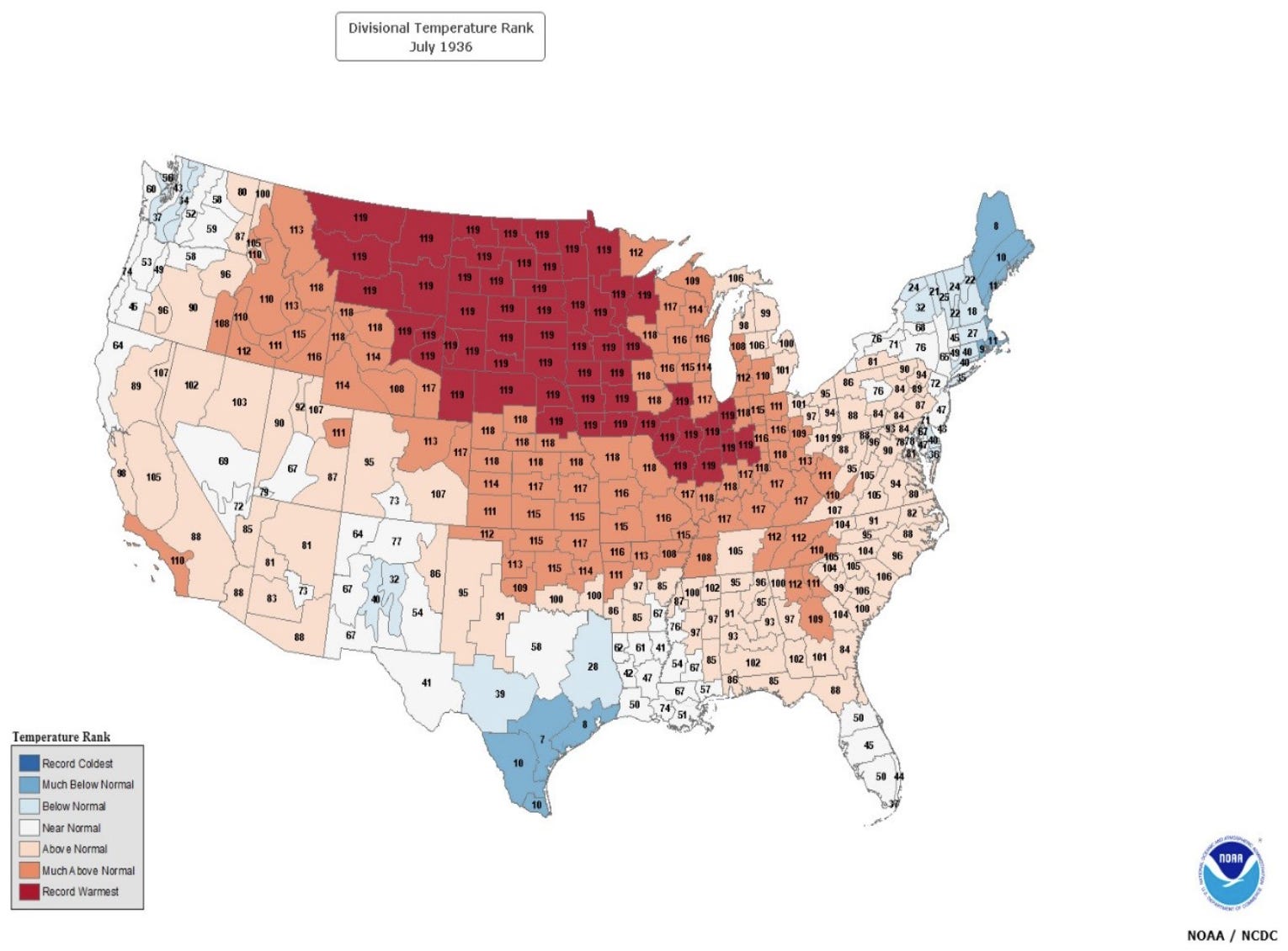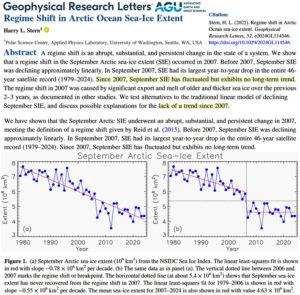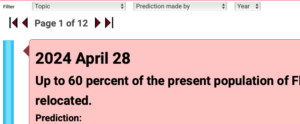by B. Lomborg, Sep 16, 2025 in ClimateChangeDispatch
Fearmongering climate change forecasts keep falling apart.

Over the past half-century, environmentalists have predicted countless calamities. Their extreme predictions were typically wrong, their draconian countermeasures turned out to be mostly misguided, and we should be grateful we didn’t follow their harmful advice. [emphasis, links added]
We need to keep this history in mind as we are inundated with stories of climate Armageddon.
This summer, headlines about the Great Barrier Reef painted a dire picture of climate-driven devastation, with environmental journalists claiming the reef was on the brink of collapse.
In reality, data shows the reef has its fourth-highest coral cover since records began in 1986, revealing these alarmist narratives to be vastly misleading.
Truth and Scares
Sensible, life-improving environmental policies over recent decades were rarely sold with fearmongering. Rich countries have dramatically reduced air and water pollution through technological advances and then through regulation.
Poorer countries are starting to do the same thing, as they emerge from poverty and can afford to be more environmentally concerned. Forests have expanded globally, with this growth clear in rich countries and increasingly across the world.
This isn’t the scary future environmentalists promised us.
A recent peer-reviewed study counts almost a hundred environmental doomsday predictions that environmentalists have made over the past half-century.
Two-thirds of them predicted doom before August 2025, and all of these have turned out to be false.
…







